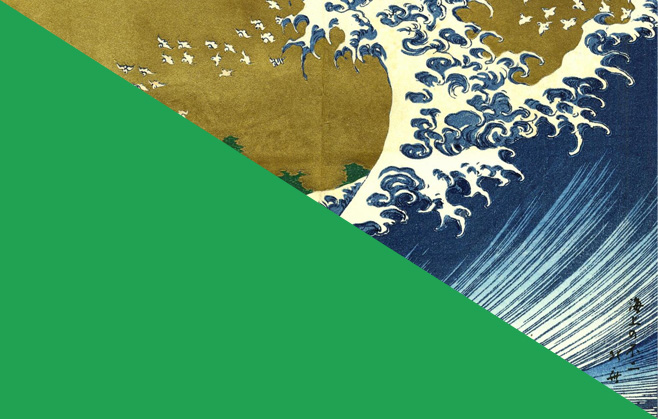
Social media weathers the storm
The word on everyone’s lips this week is undoubtedly ‘Sandy’. At The Practice, we’ve certainly felt the ripple effect, with some of our New York team members and numerous clients stuck in the chaos. But if there’s one way of cutting through the mess, it’s through the communicative and instantaneous nature of social media, which has proved a lifeline for many throughout the crisis.
Social media revenue is flourishing, thanks to the influx of those connecting online, particularly in response to damaged power and telephone lines. Research company General Sentiment, has found that the total value of Sandy’s online impact discussion may be worth well over $80 million. Twitter stands to make a staggering $60 million of this, alongside other social platforms’ earns of approximately $9.3 million. Other online news media sites are expected to make an extra $12 million from the news and coverage. We’re not surprised- the data is overwhelming with 4.6 million mentions across social media platforms this past Monday alone.
Furthermore, a lack of reliance on traditional TV coverage has allowed YouTube to jump in. The video-sharing site has offered those without television easy access to news through the account Citizen Tube, which is showcasing videos on Sandy’s aftermath, cleanup efforts, events and more. And of course Twitter and Facebook usage during Sandy have been propelled by Instagram, with many, (photographers alike), capturing and sharing images of the storm. In fact, at the peak of activity, every one in ten photos tweeted was accompanied by the hash tag #sandy.
And how is social media now helping the relief effort? Facebook has proven itself as the primary site for pleas and communication, with groups such as Sandy Cleanup Help. The Red Cross is also effectively using the platform to alert citizens to areas where shelters and food trucks can be found. Twitter’s also been quick on the uptake, creating a dedicated ‘Sandy’ page which includes posts from governmental bodies, politicians, and public safety officials, as well as weather reports. The page has also been successfully used by organizations such as the FDNY to direct citizens away from any treacherous areas.
To date, Sandy stands as one of the most documented natural disasters in the world. As more social platforms emerge and more people utilize them to aid community efforts, the more revenue these companies can expect to rake in. Last year’s Hurricane Irene by comparison for example, held a much lower media value of $17 million due to less emphasis placed on online sharing.
With social media’s boom this year, even without Internet, addicts caught up in the storm took to creating their own handwritten wall version of Twitter entitled ‘Twitter Sandy Edition’. The Twitter wall features written ‘tweets’ and even handwritten and creatively imagined trending topics such as #WeSurvived, #PowersOut, and #YOLO! As one Instagram user put it: ‘This is what life has come to without Internet.’ Clearly, the benefits of social media are realized more than ever before when a national crisis calls for communities to come together.
Were you affected by Superstorm Sandy? And have you been following its course and aftermath on social media platforms? Please share your comments by tweeting to us @PracticeDigital and connecting on Facebook.
Featured image: Waves by Hokusai




